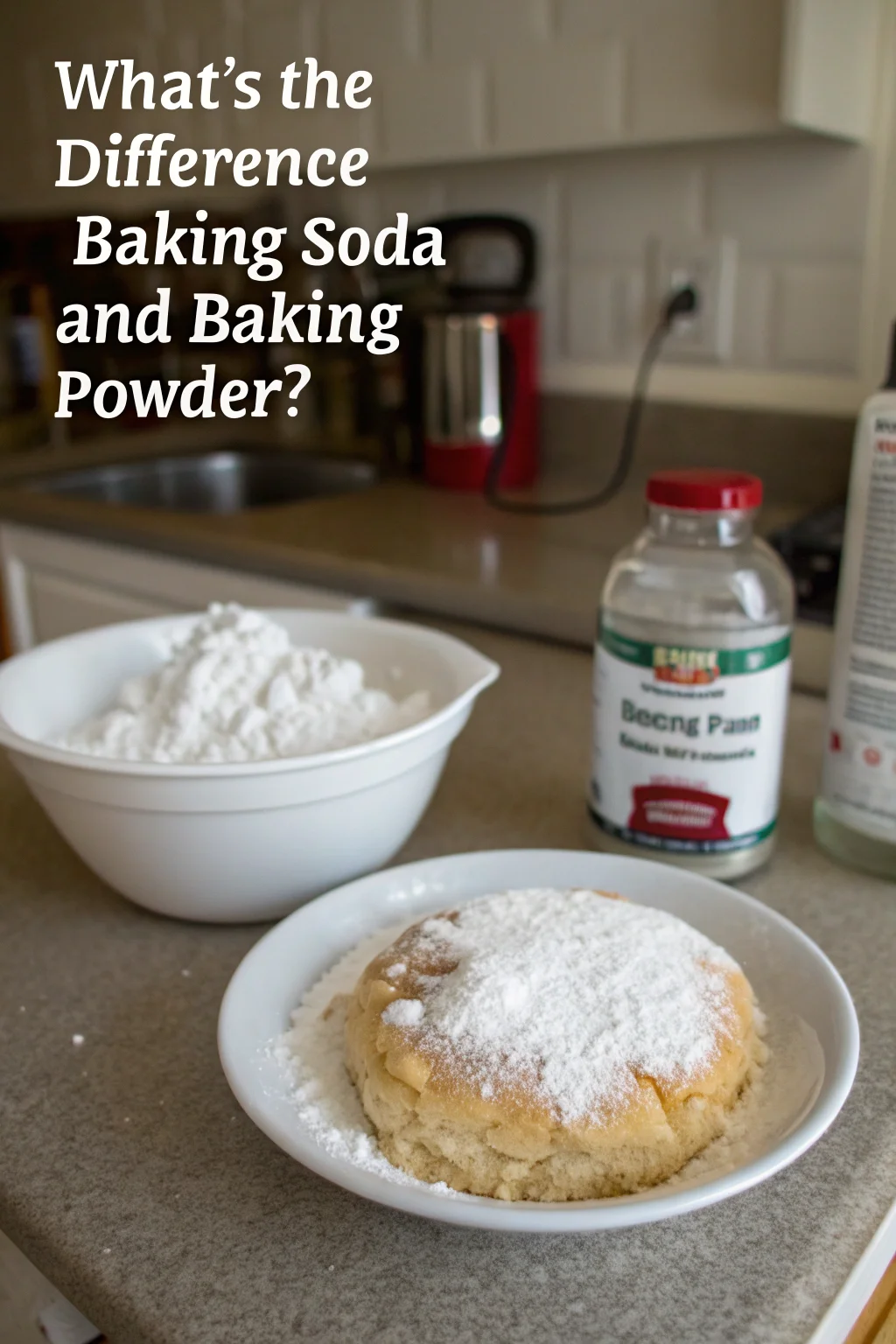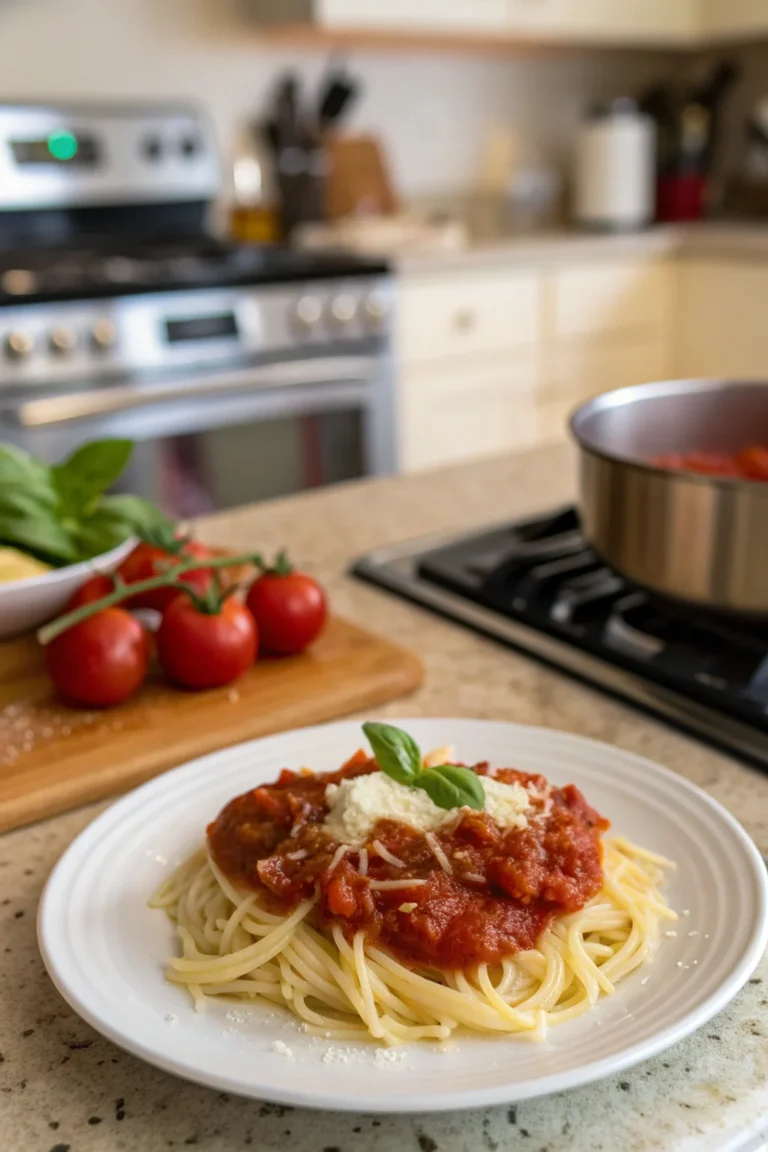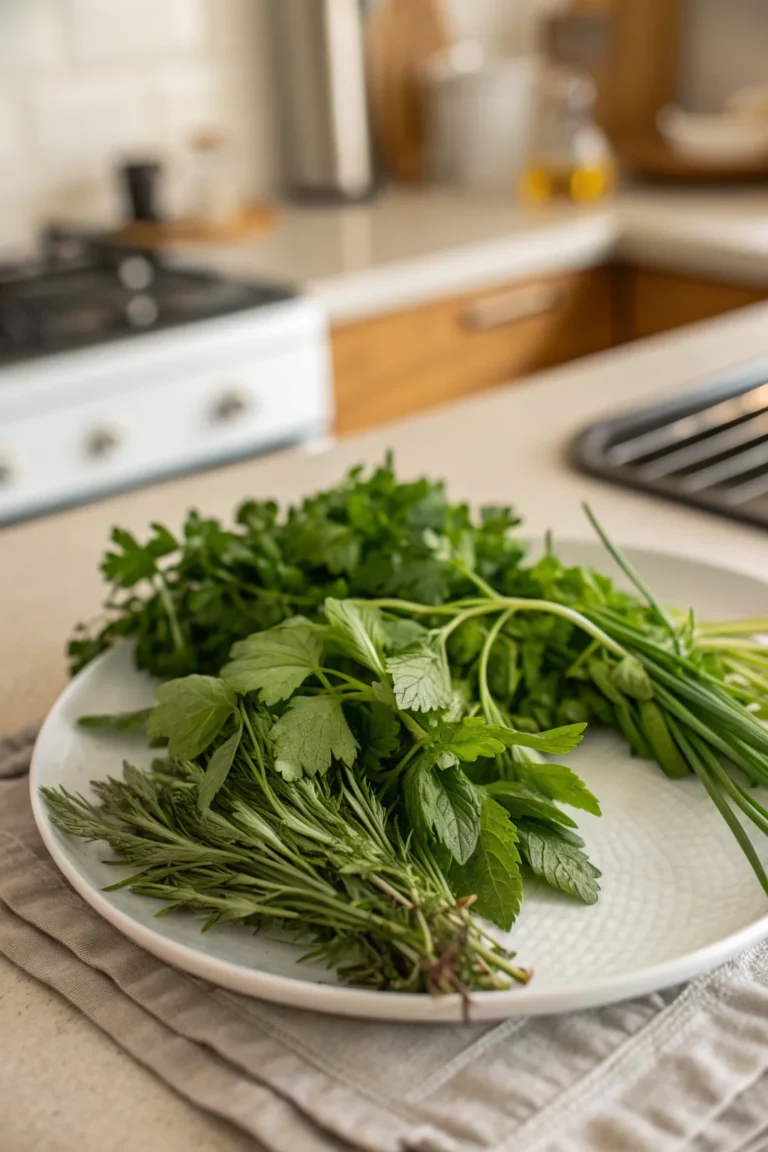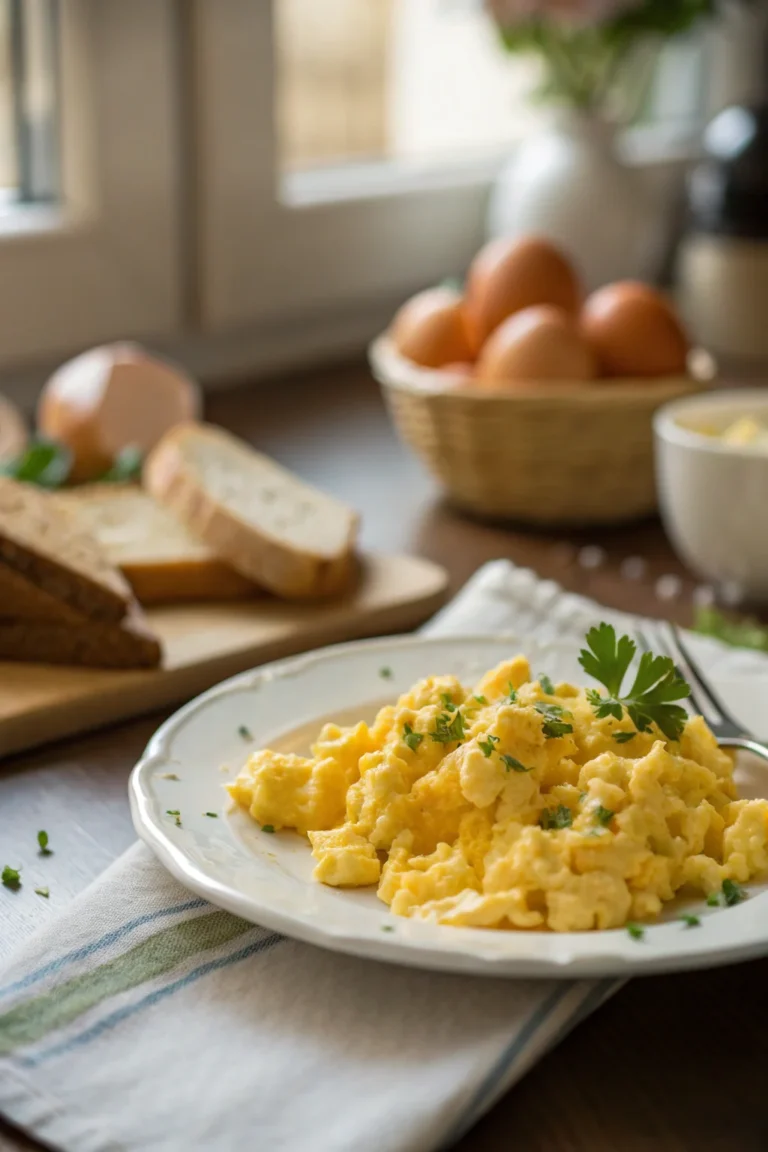What’s the Difference Between Baking Soda and Baking Powder?
Baking soda and baking powder are two essential ingredients in baking, often confused due to their similar names and functions. Understanding the difference between them is crucial for successful cooking and baking. This guide will help you grasp their distinct roles and how to use them effectively in your recipes.
Table of Contents
What is Baking Soda?

Baking soda, or sodium bicarbonate, is a base that reacts with acids to produce carbon dioxide gas. This reaction causes dough or batter to rise. Baking soda is used in recipes that include an acidic ingredient, such as:
- Lemon juice
- Vinegar
- Buttermilk
- Yogurt
By using baking soda, you can achieve a light and fluffy texture in your baked goods. However, it’s important to measure it accurately, as too much can lead to a bitter taste.
When a recipe calls for baking soda, it’s usually because the recipe contains enough acid to trigger the necessary chemical reaction. For example, when making a classic buttermilk pancake, the acidic buttermilk will react with the baking soda to create bubbles that make the pancakes light and airy. Without the acidity, the baking soda would remain inactive, and the pancakes would be flat.
Remember that baking soda begins to react as soon as it comes into contact with moisture and acid, so it’s crucial to bake your batter soon after mixing. This ensures that the carbon dioxide bubbles are trapped in the dough, helping it rise effectively.
What is Baking Powder?
Baking powder is a complete leavening agent, containing both an acid and a base. It usually consists of baking soda, cream of tartar, and a moisture-absorbing agent like cornstarch. Baking powder is used in recipes that do not contain acidic ingredients. It comes in:
- Single-acting: reacts once when wet
- Double-acting: reacts twice, when wet and again when heated
Using baking powder ensures that your baked goods rise properly, even without added acids. The double-acting variety is particularly useful in recipes like cakes or muffins where you might want an initial rise as you mix the batter and a secondary rise in the oven.
The inclusion of cream of tartar means that baking powder can react in any dough or batter as long as there’s moisture. This is particularly advantageous in recipes where you want to control the timing of the rise, such as when making cookies that need a precise shape and texture.
Cornstarch, the moisture-absorbing agent, helps prevent premature reactions by keeping the components dry. This also helps extend the shelf life of baking powder, allowing you to store it for several months in the pantry without losing potency.
How Do Baking Soda and Baking Powder Work Differently?
Baking soda requires an acidic component to activate and produce carbon dioxide, while baking powder already contains an acid. Here’s how they work:
- Baking Soda:
- Needs an acid to react.
- Reacts immediately upon mixing.
- Baking Powder:
- Contains its own acid.
- Double-acting version provides two stages of leavening.
Understanding these differences helps in choosing the right leavening agent for your recipes. For instance, if you’re making a recipe with cocoa powder, which is slightly acidic, you might use baking soda for a quick initial rise. However, if the recipe calls for Dutch-processed cocoa, which is less acidic, baking powder might be the better choice.
Can You Substitute Baking Soda for Baking Powder?
Substituting baking soda for baking powder is not straightforward, as they have different chemical properties. If necessary:
- Use 1/4 teaspoon of baking soda plus 1/2 teaspoon of cream of tartar for each teaspoon of baking powder.
- Remember, this works only if there’s already an acidic ingredient in the recipe.
It’s usually better to stick to the recipe’s specified leavening agent for optimal results. If you find yourself without baking powder, this substitution can save the day, but be mindful that the taste and texture might differ slightly. The acid from the cream of tartar needs time to react with the baking soda, so expect a slightly different rise and possibly a tangier flavor in your finished product.
Can You Substitute Baking Powder for Baking Soda?

You can substitute baking powder for baking soda, but you’ll need more of it. Here’s how:
- Use 3 teaspoons of baking powder for every 1 teaspoon of baking soda.
Keep in mind that this substitution may affect the taste and texture of your baked goods, as baking powder contains additional ingredients. The cream of tartar and cornstarch in baking powder will introduce additional flavor and texture changes, which might be noticeable in delicately flavored recipes like sugar cookies or angel food cakes. Adjust other ingredients if necessary to maintain balance, especially if the original recipe relies on the alkaline nature of baking soda to control browning or caramelization.
Why Do Some Recipes Call for Both Baking Soda and Baking Powder?
Some recipes use both baking soda and baking powder to balance flavors and ensure proper rising. Here’s why:
- Baking Soda:
- Neutralizes acidity.
- Provides immediate leavening.
- Baking Powder:
- Ensures continued rise during baking.
- Adds additional leavening without altering flavor.
This combination is often used in recipes with both acidic and non-acidic components. For example, in a chocolate chip cookie recipe, the baking soda helps neutralize the acidity of brown sugar and enhances the flavor, while the baking powder ensures the cookies rise and maintain their shape. This dual-action approach is particularly effective in complex recipes where multiple ingredients interact to create the desired texture and taste.
How Does Baking Soda Affect Baking?
Baking soda affects baking primarily through its leavening properties. It:
- Reacts quickly with acids to produce gas.
- Creates a light texture.
- Requires precise measurement to avoid bitterness.
Using too much baking soda can result in a metallic taste, so accuracy is key. A common pitfall is over-measuring baking soda, which can lead to an overly alkaline batter, affecting both flavor and texture. In recipes like banana bread, the right amount of baking soda not only helps with the rise but also enhances the natural flavors by encouraging Maillard browning, giving you a rich, golden crust.
How Does Baking Powder Affect Baking?
Baking powder provides consistent leavening, especially in recipes without natural acids. It:
- Ensures a steady rise.
- Offers two stages of leavening with double-acting types.
- Is less sensitive to measurement precision than baking soda.
It’s a versatile leavening agent for a wide range of recipes. The double-acting nature of most commercial baking powders means you get a reliable rise even in complex recipes like layer cakes or soufflés, where precision in texture is critical. This consistency helps bakers achieve professional results even in a home kitchen.
What Happens if You Use Too Much Baking Soda?
Using too much baking soda can lead to:
- A bitter, metallic taste.
- Over-rising, causing collapse.
- Altered texture and color.
To avoid these issues, measure baking soda carefully and follow the recipe guidelines. An excess of baking soda can cause the batter to rise too quickly and then fall, resulting in a dense, unpleasant texture. This is especially noticeable in delicate baked goods like sponge cakes, where structure is key to the final product. Always level your measuring spoon with a knife to ensure accuracy.
What Happens if You Use Too Much Baking Powder?
Excessive baking powder can result in:
- A bitter taste.
- Over-inflated batter that collapses.
- Coarse, crumbly texture.
Using baking powder as directed ensures your baked goods rise and taste as intended. While more forgiving than baking soda, too much baking powder can still cause issues, such as developing a soapy taste or producing a cake with large air pockets and a coarse crumb. When in doubt, err on the side of caution and measure precisely.
How Do You Test Baking Soda and Baking Powder for Freshness?
To test freshness:
- Baking Soda: Mix with vinegar. If it bubbles vigorously, it’s fresh.
- Baking Powder: Mix with hot water. If it bubbles, it’s fresh.
This simple test ensures your leavening agents are effective. Freshness is crucial for effective leavening; expired products can lead to flat, dense baked goods. For optimal results, replace baking soda and baking powder every six months, especially if you bake frequently. Consider storing them in a cool, dark cupboard to extend their shelf life.
How Should You Store Baking Soda and Baking Powder?
Store both baking soda and baking powder in a cool, dry place. Here are some tips:
- Keep them in airtight containers to prevent moisture absorption.
- Label with the purchase date for freshness tracking.
Proper storage extends the shelf life and effectiveness of these ingredients. Exposure to moisture or humidity can cause premature reactions in both baking soda and baking powder, rendering them ineffective. Airtight containers are your best defense against humidity, and labeling helps you remember when it’s time to replace them.
Where Can I Find More Baking Tips?
For more baking tips, check out our Baking Basics Guide or explore our Recipe Section for inspiration. Additionally, sites like Serious Eats and King Arthur Baking offer expert advice and recipes.
These resources provide a wealth of information, from troubleshooting common baking issues to mastering advanced techniques. Whether you’re a beginner or an experienced baker, there’s always something new to learn. Engage with these communities, ask questions, and share your own tips to become a more confident baker.
Conclusion
Understanding the difference between baking soda and baking powder is essential for baking success. Each has its unique properties and uses, and knowing when to use them can elevate your baking skills. By measuring accurately and storing them properly, you’ll ensure delicious, fluffy baked goods every time.
Whether you’re baking a simple loaf of bread or an elaborate cake, the right leavening agent can make all the difference. With this knowledge, you’re well-equipped to tackle any baking project with confidence and precision. Happy baking!






